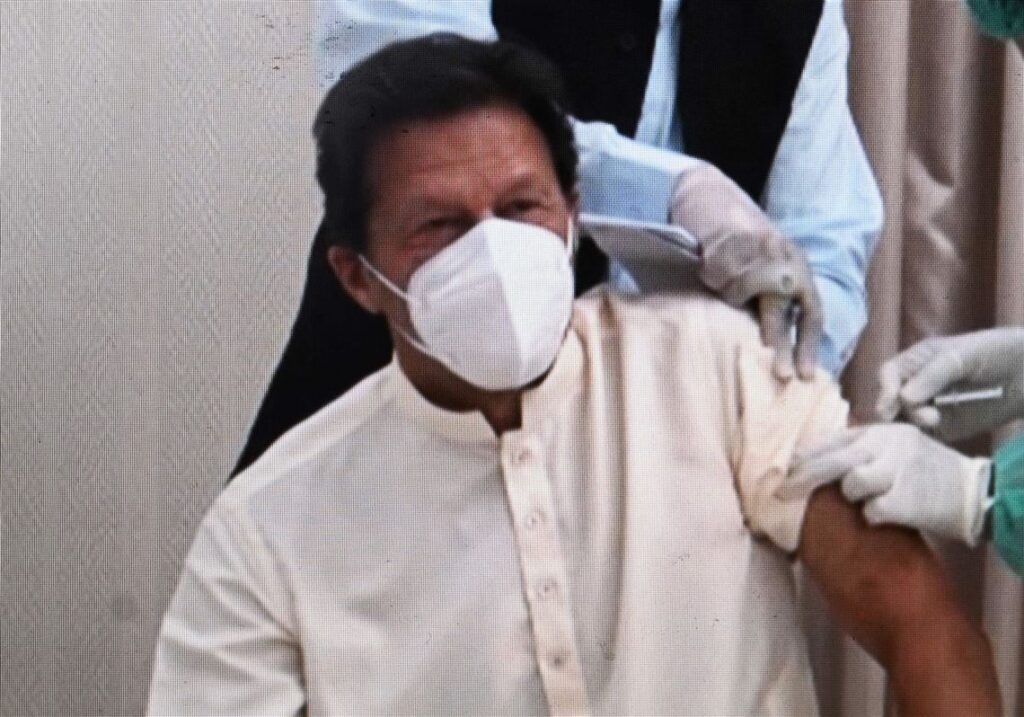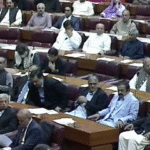Certainly! Here’s an in-depth analysis of the challenges faced by Prime Minister Imran Khan’s government during the COVID-19 pandemic in Pakistan, along with the strategies implemented to address them.
COVID-19 Challenges Under Imran Khan’s Government
1. Economic Constraints and Lockdown Dilemma
Pakistan’s economy is heavily reliant on daily wage earners, with a significant portion of the population living in poverty. Imposing a strict nationwide lockdown posed a risk of widespread hunger and economic collapse. Consequently, Prime Minister Imran Khan initially resisted a complete lockdown, opting instead for targeted restrictions and advocating for a “smart lockdown” strategy. This approach aimed to balance public health concerns with economic realities.
2. Healthcare System Strain
Pakistan’s healthcare infrastructure faced immense pressure during the pandemic. Hospitals were overwhelmed, and there was a shortage of medical supplies and personal protective equipment (PPE). Additionally, the healthcare workforce lacked adequate training and resources to manage the crisis effectively.
3. Coordination Challenges
The pandemic highlighted coordination issues between federal and provincial governments. While the federal government implemented national policies, provincial governments had varying degrees of compliance and enforcement, leading to inconsistent measures across the country.
4. Religious and Cultural Factors
Religious gatherings, particularly during Ramadan, posed challenges to social distancing efforts. Religious leaders and communities were initially resistant to restrictions, complicating enforcement measures.
5. Social Inequality and Discrimination
Vulnerable groups, including religious minorities, faced discrimination in accessing relief aid. Reports emerged of Hindus and Christians being denied food and assistance based on their religious identity, highlighting deep-seated social inequalities exacerbated by the pandemic.
Government Responses and Initiatives
1. Ehsaas Emergency Cash Programme
Launched in April 2020, the Ehsaas Emergency Cash Programme aimed to provide financial assistance to low-income families affected by the pandemic. Under this initiative, approximately 16.9 million families received cash support, totaling around PKR 203 billion. The program utilized biometric verification to ensure transparency and efficiency.
2. Corona Relief Tiger Force
The government established the Corona Relief Tiger Force, a volunteer organization tasked with assisting in relief efforts. Volunteers helped enforce standard operating procedures (SOPs) in public spaces, distributed food and essential supplies, and supported local administrations in implementing lockdown measures.
3. National Command and Operation Center (NCOC)
To streamline the national response, the NCOC was formed in April 2020. This body coordinated efforts between federal and provincial governments, managed data collection and analysis, and oversaw the implementation of COVID-19 policies across Pakistan.
4. Smart Lockdown Strategy
Instead of a nationwide lockdown, the government implemented a “smart lockdown” approach. This strategy involved imposing restrictions in specific areas with high infection rates, allowing economic activities to continue in less affected regions.
5. International Advocacy
Prime Minister Khan advocated for debt relief for developing countries facing economic challenges due to the pandemic. He called on international financial institutions and creditor nations to provide support to ensure that these countries could focus on public health and economic recovery.
Outcomes and Evaluations
1. International Recognition
The Ehsaas Emergency Cash Programme received praise from international organizations, including the World Bank, for its effective implementation and coverage. The program was considered a model for social protection in developing countries.
2. Mixed Public Perception
Public opinion on the government’s handling of the pandemic was mixed. While some appreciated the targeted approach and relief efforts, others criticized the initial delays in response and inconsistencies in policy enforcement.
3. Economic Impact
The pandemic had a significant economic impact, with increased unemployment and poverty rates. However, the government’s measures, such as the smart lockdown and financial assistance programs, helped mitigate some of the adverse effects


